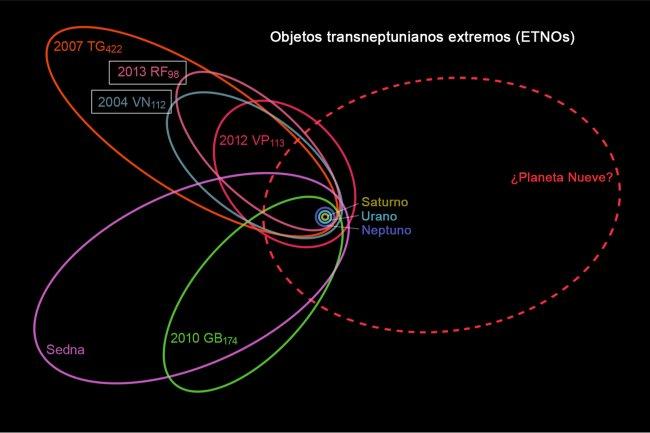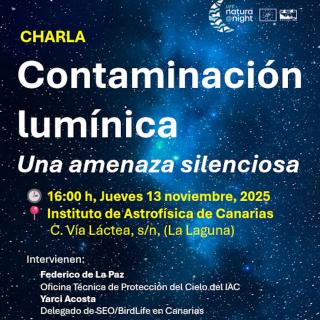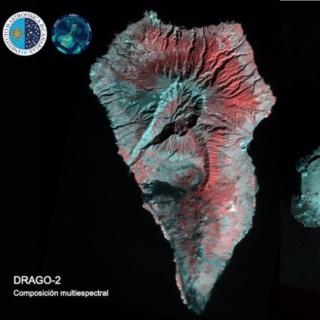Schematic representation of the orbits of six of the seven extreme trans Neptunian objects (ETNOs) used to propose the hypothesis of the “Planet Nine”. The dashed red curve shows the orbit of this possible planet. Credit: Wikipedia.
Advertised on
- Julia de León (IAC): jmlc [at] iac.es (jmlc[at]iac[dot]es) y 922425717




